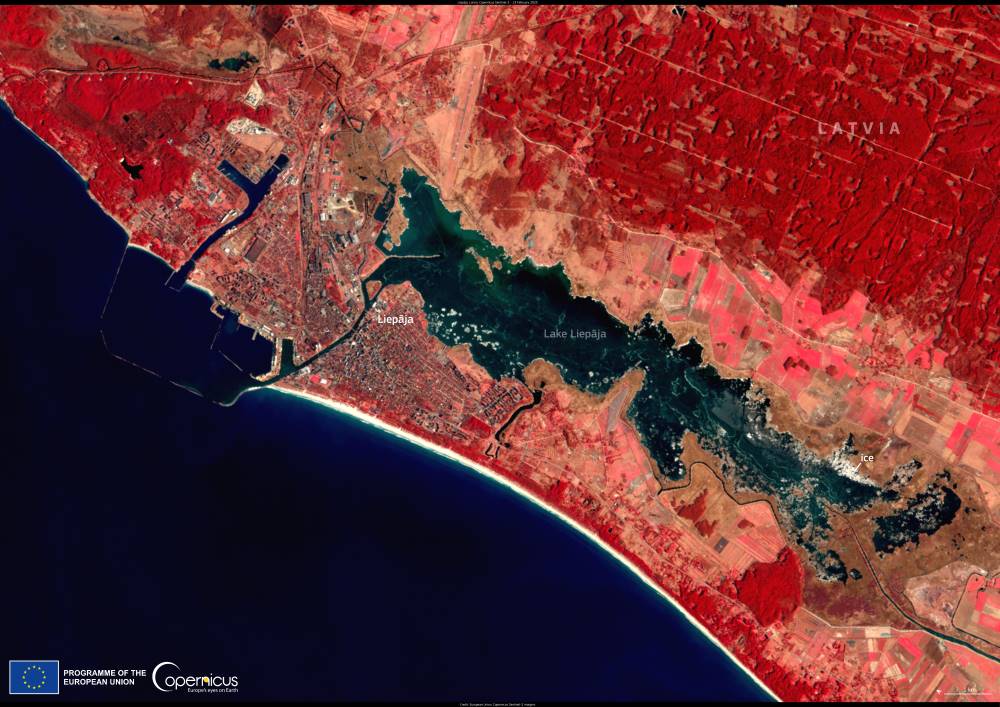Liepāja, one of Latvia’s key port cities, is located on the country’s southwestern coast along the Baltic Sea. It is the largest city in the Kurzeme region and the third-largest in Latvia, after Riga and Daugavpils. An important ice-free port, Liepāja has played a strategic role in trade and maritime activities for centuries.
The city is often called the “city where the wind is born” due to its constant sea breeze, a characteristic that has also made it home to the country’s largest wind farm, featuring 33 Enercon wind turbines. Historically, Liepāja was a popular seaside resort in the 19th and early 20th centuries, attracting travelers with its coastal charm, parks, and theaters. Today, its long sandy beaches remain a key attraction, while the surrounding landscape includes dunes, pine forests, and Liepāja Lake, a large freshwater lake just north of the city.

Liepāja is also significant culturally and historically. In 2027, it will be one of Europe’s Capitals of Culture, alongside Évora, Portugal. The city’s emblematic coat of arms, adopted in 1625, features the lion of Courland leaning against a linden tree, a symbol reflected in its name (Liepa means “linden” in Latvian).
This Copernicus Sentinel-2 image, acquired on 13 February 2025, captures Liepāja along with its surrounding coastal and inland features. The satellite’s high-resolution capabilities provide valuable data for monitoring environmental conditions, urban expansion, and regional land use changes.
Copernicus Sentinel satellites contribute essential data to support urban planning and environmental resource management across Europe.
Featured image credit: European Union, Copernicus Sentinel-2 imagery



